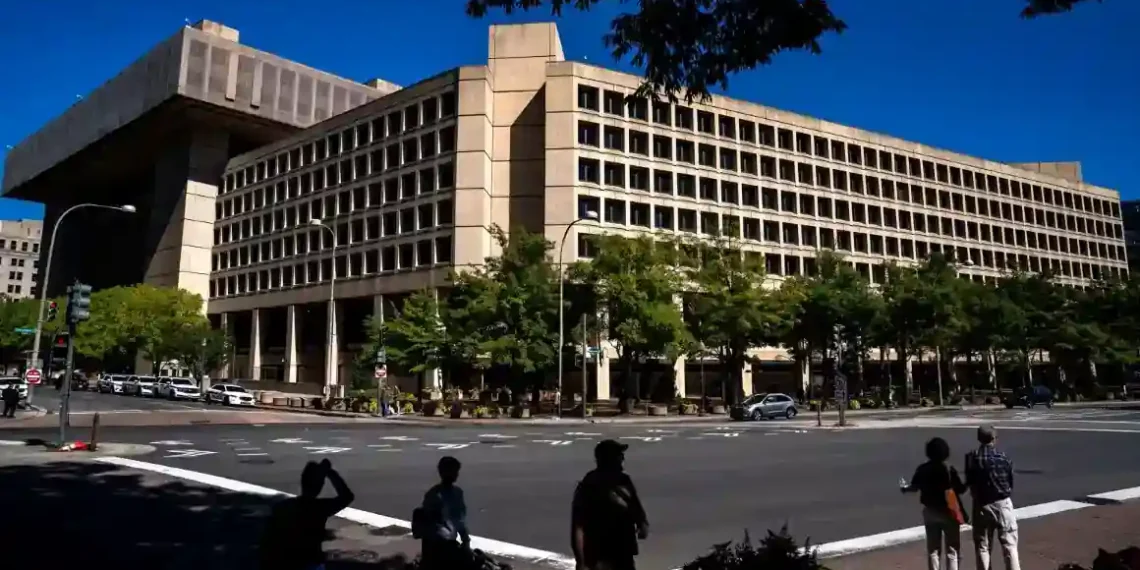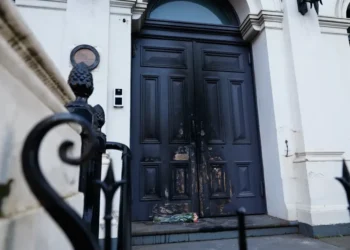FBI Leaving the Hoover Building – But Could End Up Right Back Where It Started
The FBI is finally getting ready to leave its long-criticized Washington, D.C. headquarters — a building even J. Edgar Hoover himself reportedly disliked. But after years of debate, delays, and politics, the bureau’s next chapter might still lead it back to the same spot on Pennsylvania Avenue.
Let’s break down what’s happening, why it matters, and what could come next.
The FBI Is Moving… Sort Of
After decades in the Hoover Building, the FBI is preparing to move its headquarters just a few blocks away to the Ronald Reagan Building, a more modern federal office completed in 1998. FBI Director Kash Patel says the move is about providing agents with “a safer place to work” and marks the start of “a new era.”
The Reagan Building was once home to the U.S. Agency for International Development and has room to absorb the bureau’s growing staff. But this relocation may only be temporary. Former President Donald Trump, now seeking another term, has pushed for a plan to tear down the current Hoover Building and rebuild a brand-new FBI headquarters on the same site.
So while the G-men may be packing up now, they could eventually return — just to a different version of the same address.
Why the Hoover Building Has Been So Controversial
The Hoover Building opened in the 1970s and was designed in the Brutalist style — a look defined by large, heavy concrete blocks and minimal decoration. Its design has been called everything from “a black hole” to “a perfect set for Orwell’s 1984.” Even Hoover himself, according to a former senator, thought it was an eyesore.
Despite its size — 2.8 million square feet — the building never won many fans. It was supposed to be just one piece of a broader push to modernize Pennsylvania Avenue, a vision first championed by President John F. Kennedy. But that effort largely fizzled, and the Hoover Building ended up standing alone, both physically and stylistically.
Some experts and architects have suggested adapting the building for new uses rather than tearing it down, but its fortress-like design and aging infrastructure make that difficult. It’s also expensive to maintain and hard to retrofit for modern office needs.
Politics, Price Tags, and Delays
Plans to replace the FBI’s headquarters have been floating around for more than a decade. At one point, the federal government chose Greenbelt, Maryland — about 15 miles outside D.C. — as the site for a new campus. That plan would’ve saved money and met long-term security needs, according to government watchdogs.
But Trump opposed the suburban move, arguing the FBI should stay in downtown Washington. His administration canceled the Greenbelt plan and proposed rebuilding on the original site instead — a decision that frustrated Maryland lawmakers and sparked debate over political influence and taxpayer cost.
That kind of back-and-forth has kept the Hoover Building stuck in limbo. Meanwhile, the structure has fallen into disrepair. Netting was even installed on the roof to catch chunks of concrete breaking off the façade.
What Happens Next?
For now, the FBI is headed to the Reagan Building. But its long-term home is still a big question mark.
Trump has said he wants to build a new headquarters right on the site of the Hoover Building. If that happens, it could take nearly a decade and cost billions. A 2018 government estimate put the price tag at $3.3 billion — or about $400,000 per employee.
And don’t expect a Brutalist revival. Trump has already ordered that future federal buildings follow a more traditional, classical look — so any new structure would likely blend in more with the marble and limestone of nearby landmarks.
Until then, the Hoover Building will remain a symbol of stalled plans, changing tastes, and the ever-shifting politics of Washington real estate.
This article was rewritten by JournosNews.com based on verified reporting from trusted sources. The content has been independently reviewed, fact-checked, and edited for accuracy, neutrality, tone, and global readability in accordance with Google News and AdSense standards.
All opinions, quotes, or statements from contributors, experts, or sourced organizations do not necessarily reflect the views of JournosNews.com. JournosNews.com maintains full editorial independence from any external funders, sponsors, or organizations.
Stay informed with JournosNews.com — your trusted source for verified global reporting and in-depth analysis. Follow us on Google News, BlueSky, and X for real-time updates.














